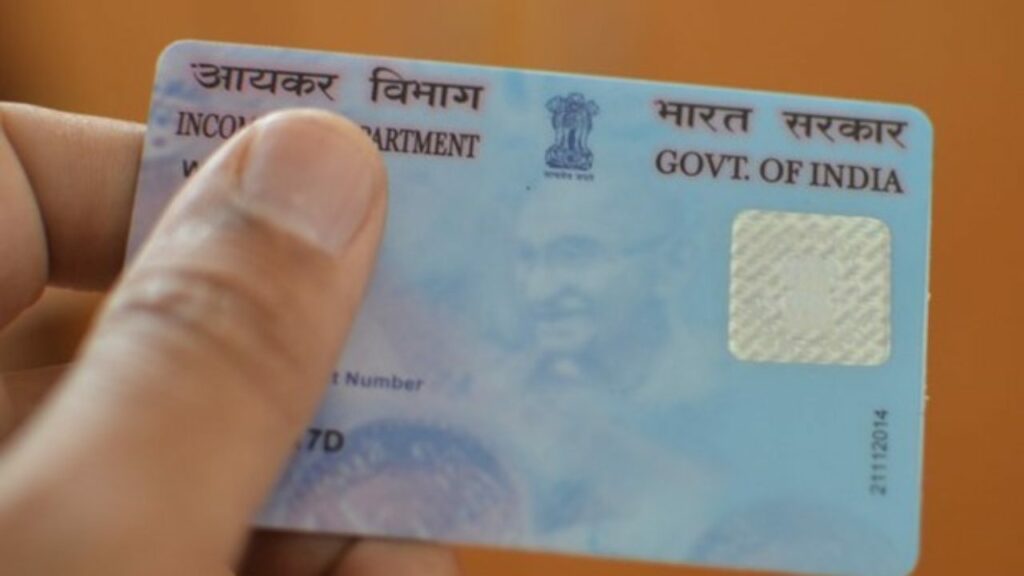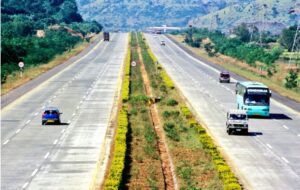The recommendations made by Kirit Parikh committee on natural gas regarding imposing cap on ceiling price to help cut CNG and piped cooking gas prices by up to 10% was approved by the Cabinet Committee on Economic Affairs.

Cabinet approved floor price of $4/MMBtu for APM (Administered Pricing Mechanism) gas, ceiling of $6.5/MMBtu as against current rate of $8.57.
Reduction in Piped Gases upto 10% by Imposing Cap
Union I&B Minister Anurag Thakur told reporters post the Cabinet meeting that the instead of pricing natural gas produced from legacy or old fields (known as APM gas) based gas prices in surplus nations such as the US, Canada and Russia, it shall now be indexed to crude oil price.
From April 1, APM gas will be priced at 10% of the price of basket of crude oil that India imports (Indian basket of crude oil). The rate such arrived at however will be capped at $6.5 per million British thermal units as against current gas price of $8.57 per mmBtu.
Thakur said that the price such arrived will also have a floor of $4 per mmBtu and the rates will be decided every month instead of current practice of bi-annual revision.
Following a spurt in the international energy prices, the piped cooking gas, PNG, and CNG have jumped 80 per cent in one year to August 2022.
The CNG price in Delhi will be cut from Rs 79.56 per kg to Rs 73.59 and that of PNG from Rs 53.59 per thousand cubic meters to Rs 47.59. In Mumbai, CNG will cost Rs 79 per kg instead of Rs 87 and PNG will cost Rs 49 per scm instead of Rs 54.
Complete liberalisation of natural gas prices has been recommended by the Kirit Parikh committee, which was set up by the government to review the pricing formula for gas produced in the country. It is suggested to implemented January 1, 2027 onwards.
The report was submitted by the government-appointed panel in November last year. In it, it recommended a floor price and a cap for gas from legacy and old fields, which make up two-thirds of all-natural gas produced in the country.
While the committee’s recommendation for floor and ceiling as well as indexation has been accepted, the one on annual increment and full deregulation has been changed.
The panel had suggested a 50 cents per mmBtu increase in the $6.5 ceiling every year to slowly move toward the marketing and pricing freedom for APM fields.
Gas produced from new wells or well interventions in the nomination fields of ONGC & OIL, would be allowed a premium of 20% over the APM price.
New Guidelines To Ensure Stable Pricing Regime
Ministry of Petroleum & Natural Gas said that “The new guidelines are intended to ensure stable pricing regime for domestic gas consumers while at the same time providing adequate protection to producers from adverse market fluctuation with incentives for enhancing production”.
It said that “With the provision of a floor in gas prices as well as provision for 20% premium for new wells, this reform will incentivise ONGC and OIL to make additional long-term investments in the upstream sector leading to greater production of natural gas and consequent reduction in import dependence of fossil fuels. The revised pricing guidelines will also promote lower carbon footprint through the growth of gas-based economy”.
For the change in pricing formula, the APM gas price was kept on hold pending Cabinet approval. If the old fomula was in continuation, it would mean that the prices of gas from legacy fields would have climbed to $10.7 per mmBtu.
The price of gas from difficult fields was cut to $12.11 per mmBtu.
While leaving the formula for difficult fields unchanged, the panel suggested the price band for current production from legacy or old fields, which make up for two-thirds of all gas produced in the country and is currently under the administered price mechanism, or APM, until a full deregulation of prices is implemented in 2027.
APM gas fields were allotted to ONGC and OIL before 1999. Production from these fields do not attract profit-sharing with the government, and their pricing formula is benchmarked to gas prices at international gas hubs in surplus nations every six months based on the weighted average price. Prices were last revised on October 1 and are now due for revision on April 1.













